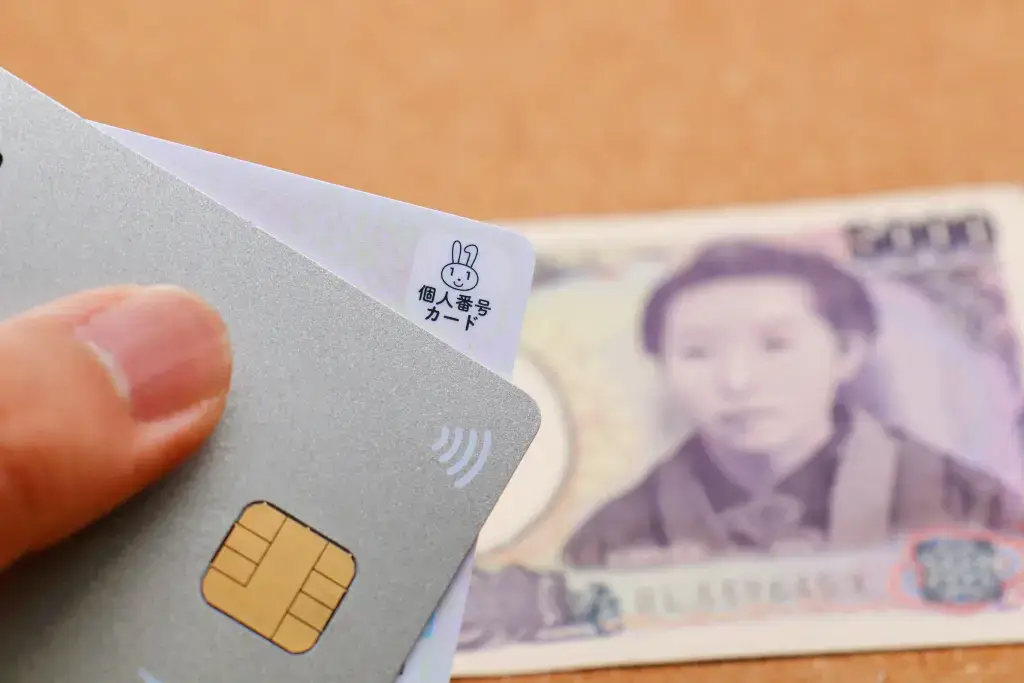Japan is experiencing a significant shift as cashless payments become a growing part of daily life. Once known as a cash-first society, the country now uses digital transactions for over 40% of consumer spending. Government incentives, payment apps, and the rise of contactless IC cards have all pushed this change forward. The shift impacts the Japanese as they manage their daily lives, and tourists navigate travel.
Table of Contents
ToggleThe History of Cashless Payments in Japan
Cashless payment systems in Japan were first introduced with credit cards. However, adoption remained slow as Japanese consumers trusted the safety and familiarity of cash. The 2000s brought IC cards like Suica and Pasmo, allowing contactless payments for trains, buses, and vending machines. Over time, IC cards expanded into retail stores, convenience shops, and restaurants, creating a foundation for adoption.
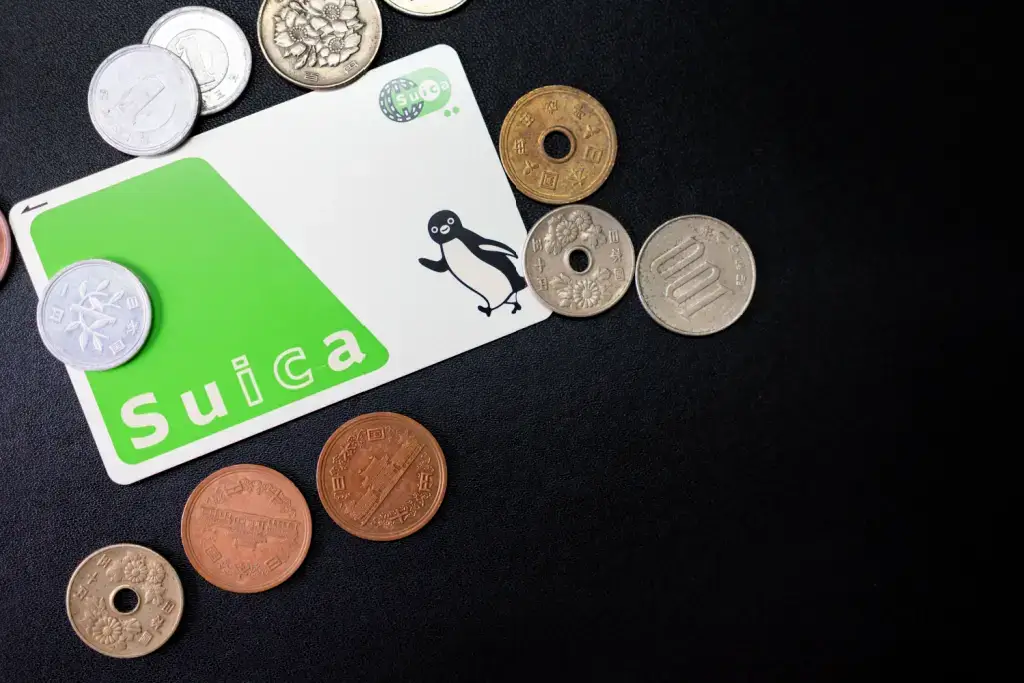
The next big leap came with mobile and QR code payment growth in the late 2010s. Companies like PayPay and Rakuten Pay launched aggressive campaigns, often offering discounts and cashback rewards for users. These promotions quickly drew millions of people into their ecosystem, making them as common as IC cards. By the early 2020s, QR payments had overtaken credit cards as the most frequently used cashless method.
Growth in Cashless Payments
Cashless payments have expanded quickly in Japan, especially in the past decade. In 2016, only around 20% of household spending was cashless, but by 2023 that number had doubled. QR and barcode payment apps saw the sharpest growth, with users skyrocketing from just 3.55 million in 2018 to more than 75 million in 2023. This growth was partly driven by government rebate campaigns, which rewarded shoppers for using digital payments.
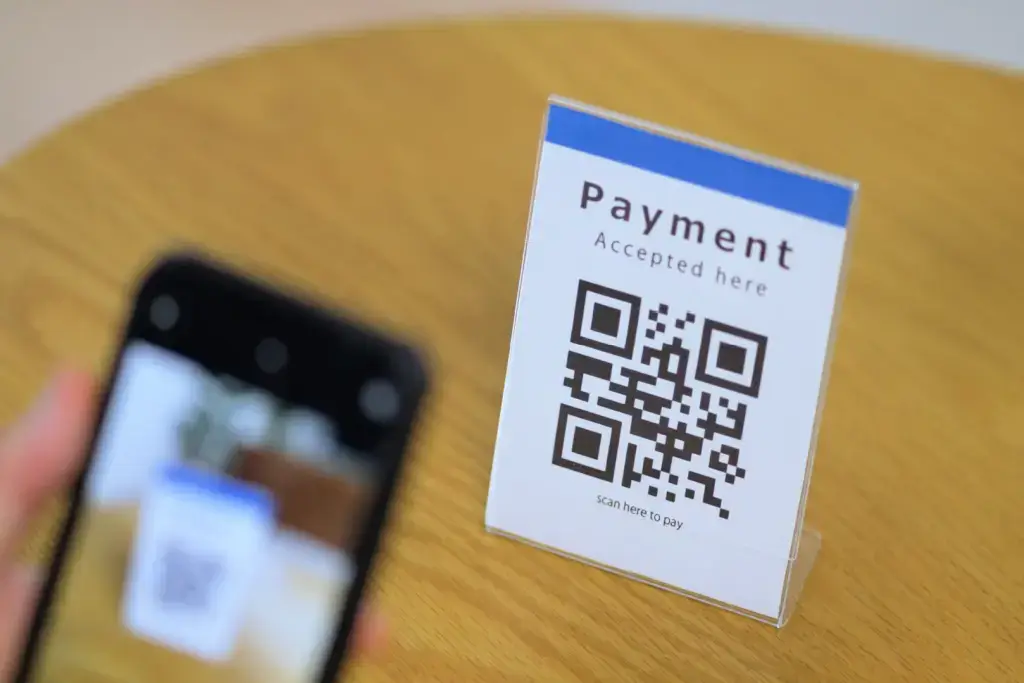
The popularity of cashless payments has also prompted new developments at the national level. The Bank of Japan has begun testing a digital yen through a pilot program, reflecting interest in central bank digital currencies. Major businesses, including convenience stores and restaurants, have expanded their infrastructure to accept QR codes. Even traditional small businesses are beginning to adopt these systems as demand rises.
Benefits and Challenges: Residents’ Perspective
For local residents, the move to cashless payments offers clear benefits. Transactions are faster and more convenient, especially in busy areas where speed matters. Digital wallets also provide reward systems, giving users cashback or loyalty points. Security is another benefit, as cashless payments reduce the risk of theft or counterfeit bills. Many residents now find carrying less physical cash to be a relief in daily life.
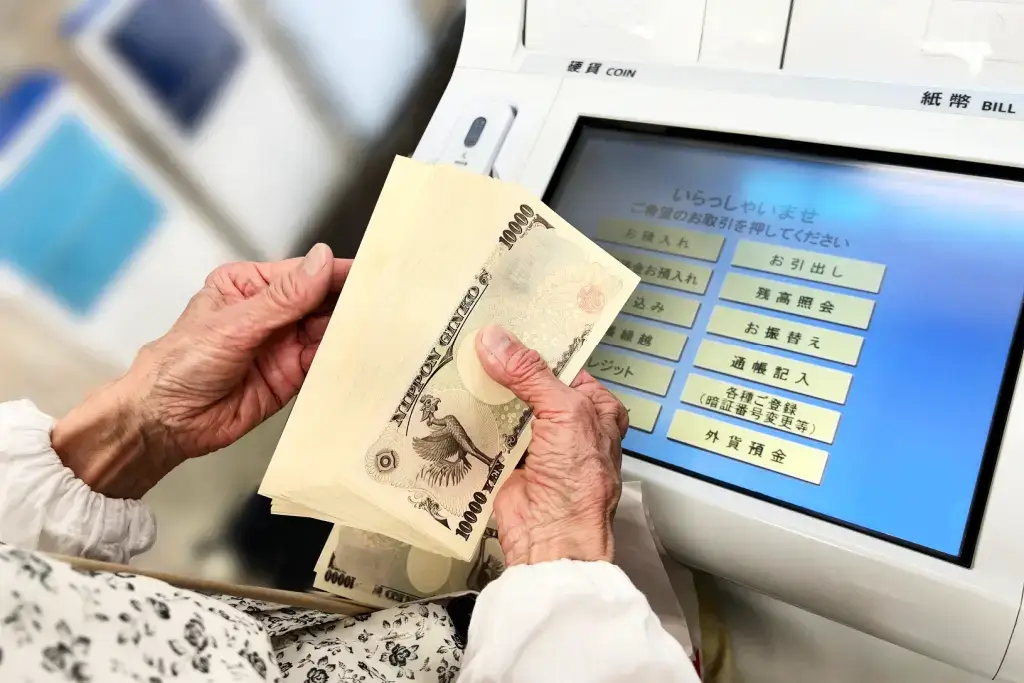
Despite these benefits, challenges remain in achieving full adoption. Older generations, who have relied on cash their whole lives, often prefer to stick with familiar methods. In rural regions, some stores and services only accept cash, making cashless payments less practical. As a result, Japan faces a mixed payment landscape where cash and digital coexist, but the balance is clearly shifting toward the latter.
Are you looking for great snacks while traveling? Check out Sakuraco! Sakuraco which delivers traditional Japanese snacks, teas, and sweets from local Japanese makers directly to your door. Enjoy the latest treats directly from Japan!
Tourists and Cashless Japan
The rise of cashless payments is also transforming the experience of tourists in Japan. In the past, travelers were advised to carry large amounts of yen. QR codes, IC cards, and credit card systems are now available in urban areas. International payment systems such as Alipay and WeChat Pay are accepted in many locations, catering to visitors from East Asia. For tourists, this means fewer trips to ATMs and more flexibility in spending.
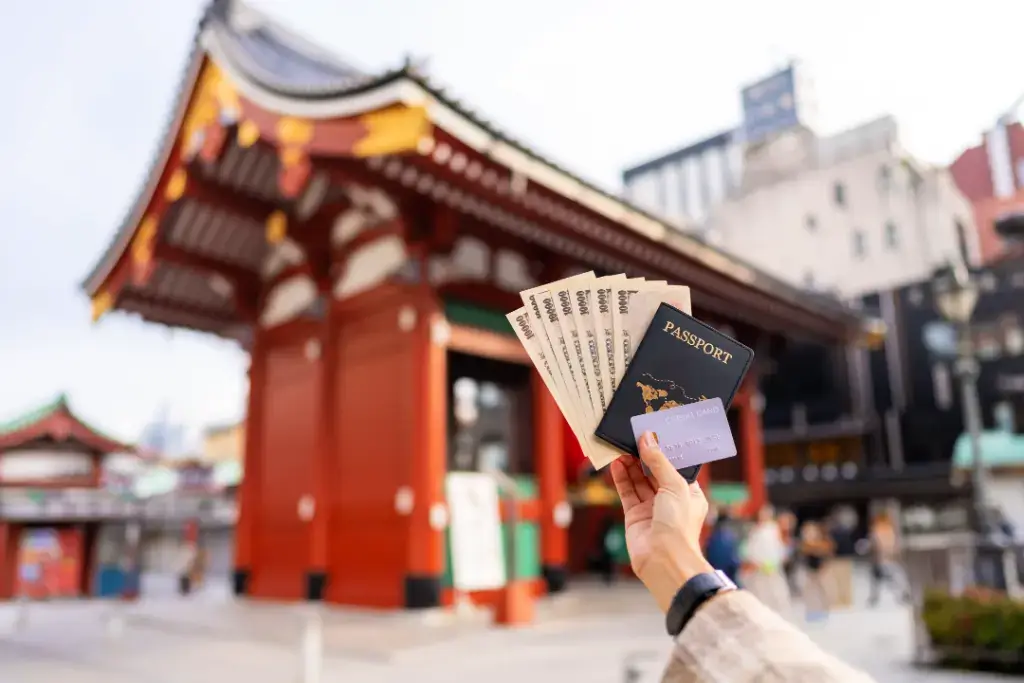
However, cash is still helpful in certain parts of Japan. Small, family-run businesses and accommodations in rural areas may not yet support cashless systems. Keeping some yen on hand for tourists outside major cities remains essential. Another challenge is that not all mobile payment apps are designed for foreign visitors, limiting access to domestic platforms.
Small Businesses and Local Adoption
An essential question in Japan’s cashless journey is how small businesses adapt. Convenience stores and large chains quickly adopted QR codes and mobile payments, but mom-and-pop shops have shifted slowly. Many see transaction fees as a significant concern, as they often cut into their slim profit margins. Some shop owners prefer cash, which they see as straightforward and reliable.

To bridge this gap, both the government and private companies have introduced programs to support local adoption. Subsidies for installing payment terminals or zero-fee trial periods encouraged more businesses to try cashless options. During the pandemic, hygiene concerns pushed shop owners to try contactless methods. As younger generations inherit family businesses, digital systems are becoming more common in rural areas.
Challenges and Concerns
Despite its growth, Japan’s cashless transition faces several challenges. Senior residents, who make up a large part of the population, often find digital payments intimidating. Many still prefer cash. Cybersecurity is another primary concern, with reports of fraud and hacking incidents tied to mobile wallets. These issues highlight the need for stronger education and protection for users.
Additionally, there are areas where cashless systems have yet to penetrate fully. Rural towns may lack the infrastructure or internet connectivity for widespread adoption. Small businesses may resist digital payments due to fees or a lack of technical support. While progress is steady, Japan still has one of the lowest cashless adoption rates. Balancing innovation with inclusivity remains one of the country’s most significant challenges.
The Road Ahead: What’s Next
Japan’s cashless transformation is expected to continue. With a labor shortage predicted to reach over six million workers by 2030, businesses benefit from the efficiency of digital transactions. Reducing the time and costs of cash handling can make operations smoother for retailers and service providers. The government also sees cashless payments as part of its broader digital strategy, which includes experimenting with a digital yen.

Still, the road ahead comes with obstacles. Building trust in digital security is critical to encouraging more users to switch from cash. Bridging the gap between urban and rural areas will also be essential to ensure equal access to cashless services. Efforts to simplify mobile platforms for older generations may further boost adoption. As these issues are addressed, Japan is ready to strengthen its role as a leader in digital payment innovation. Have you ever used cashless payments in Japan? Do you prefer cash? Let us know in the comments below!

